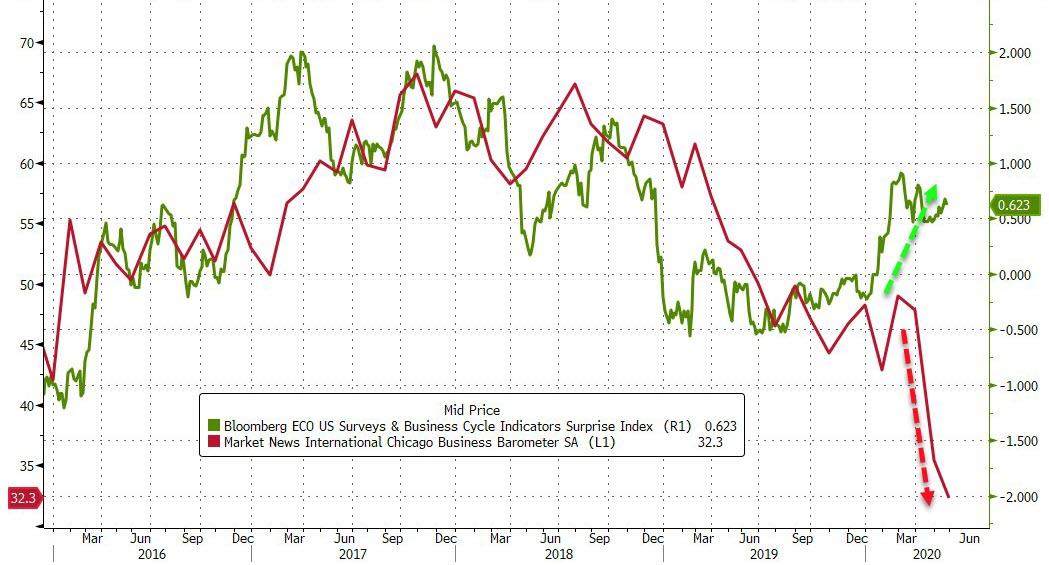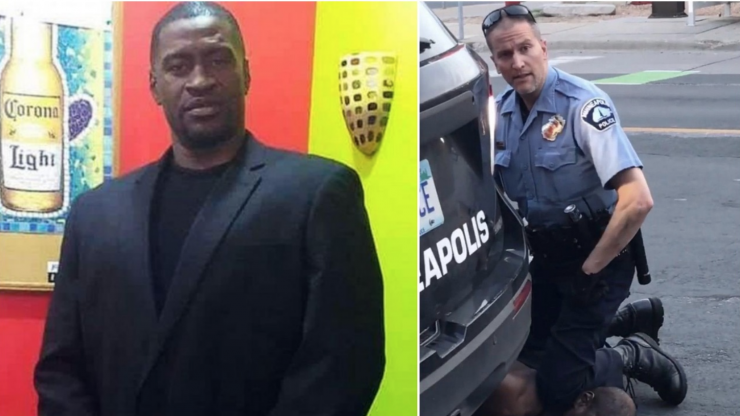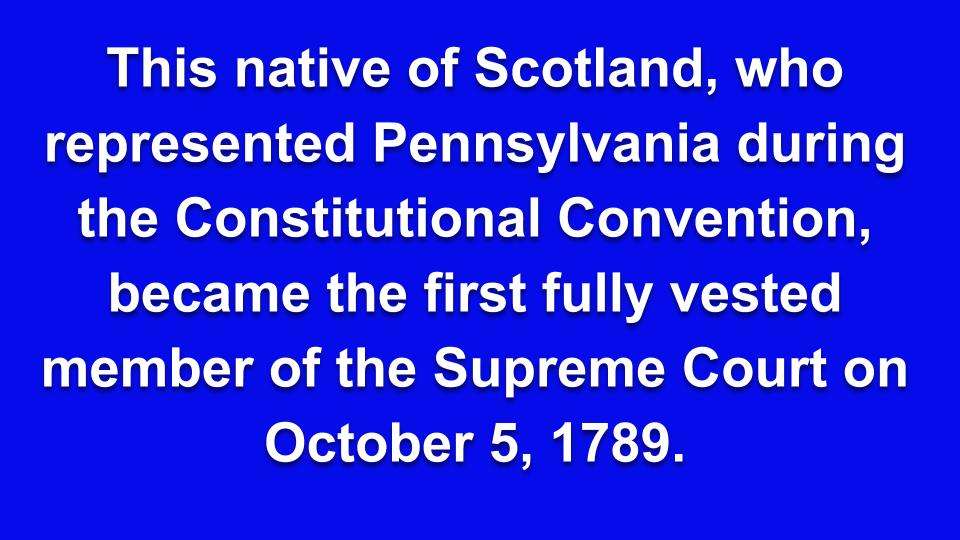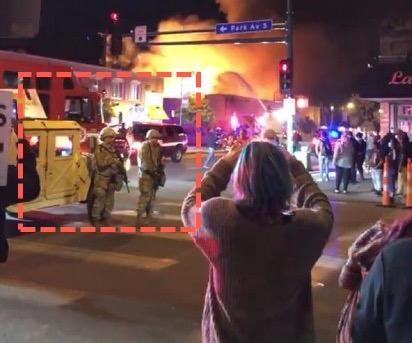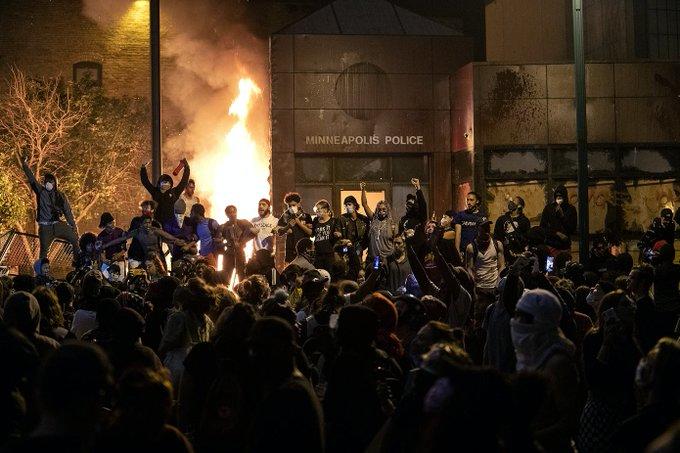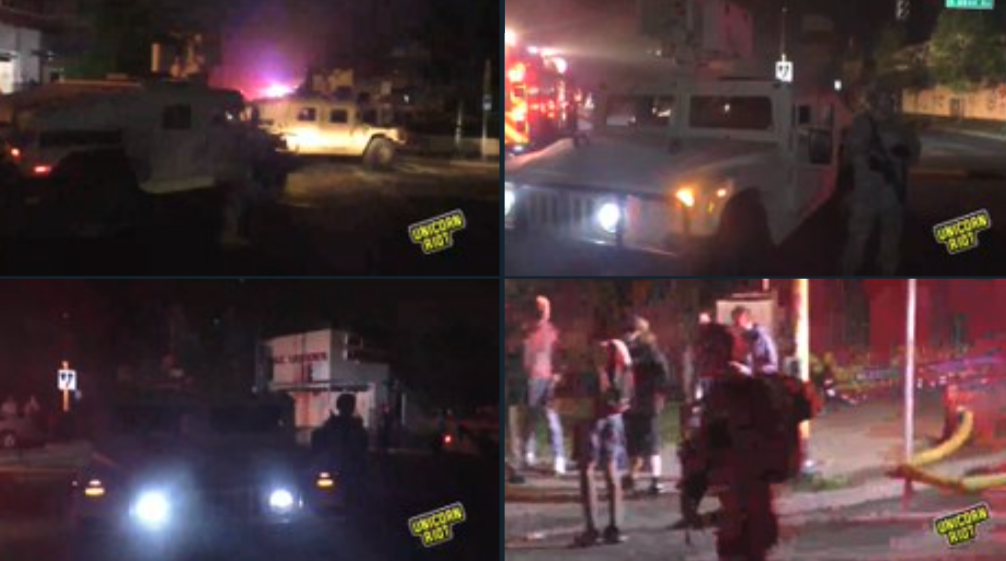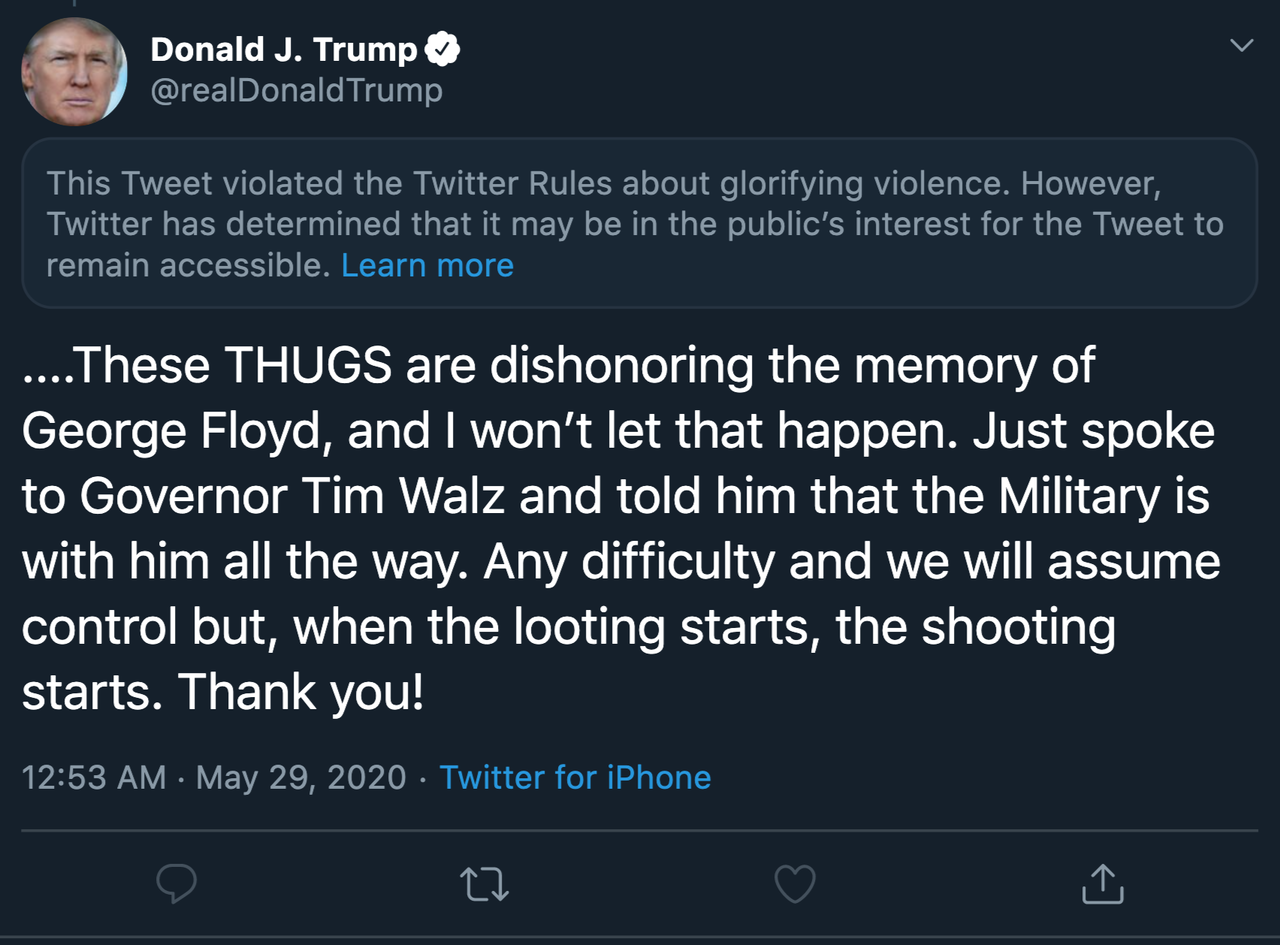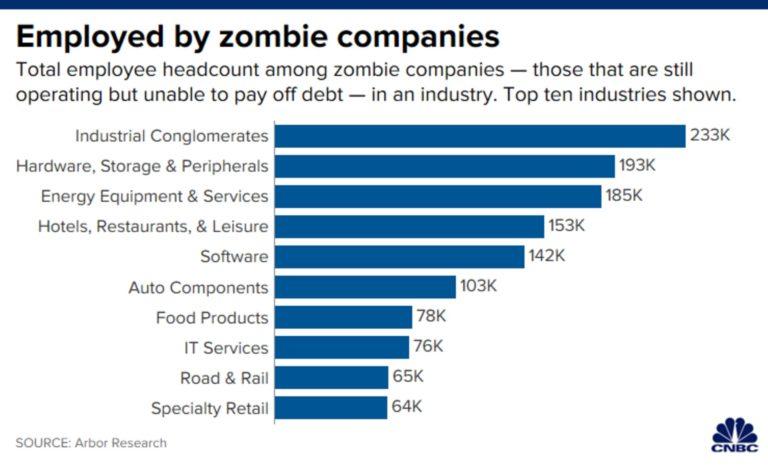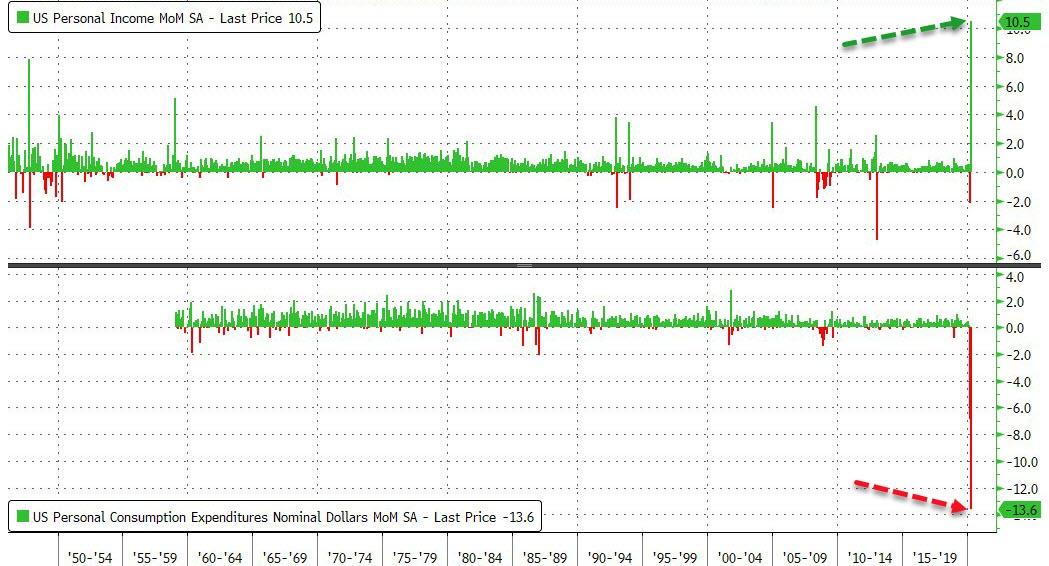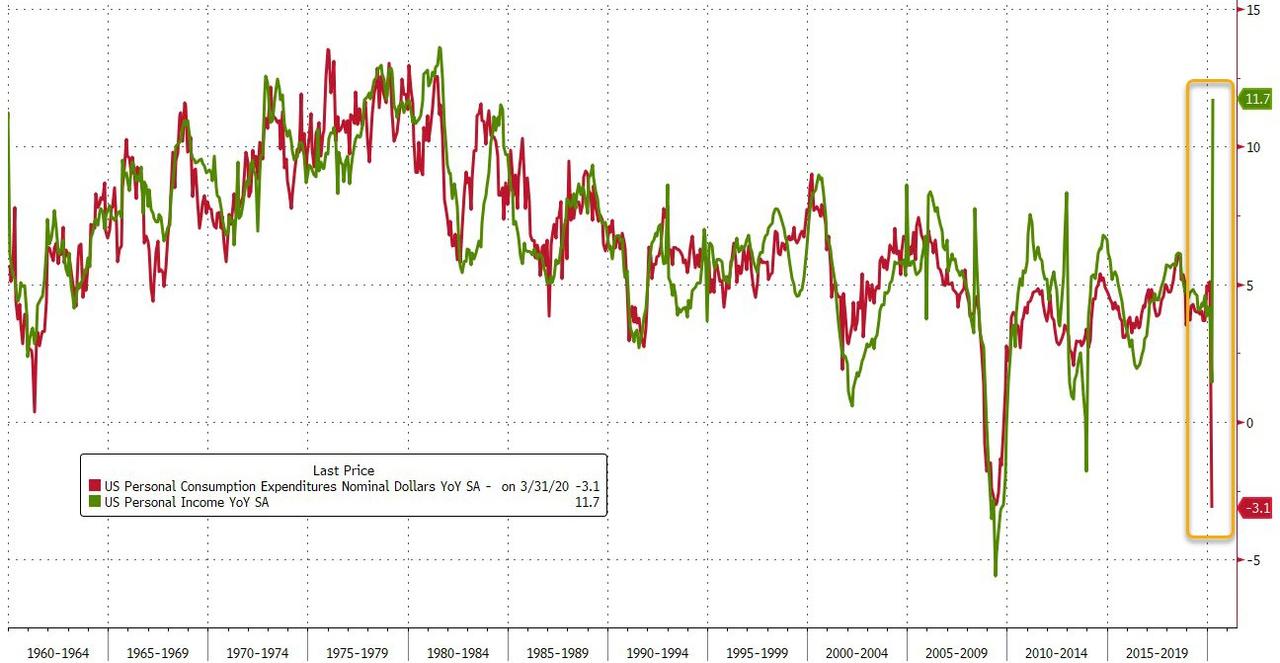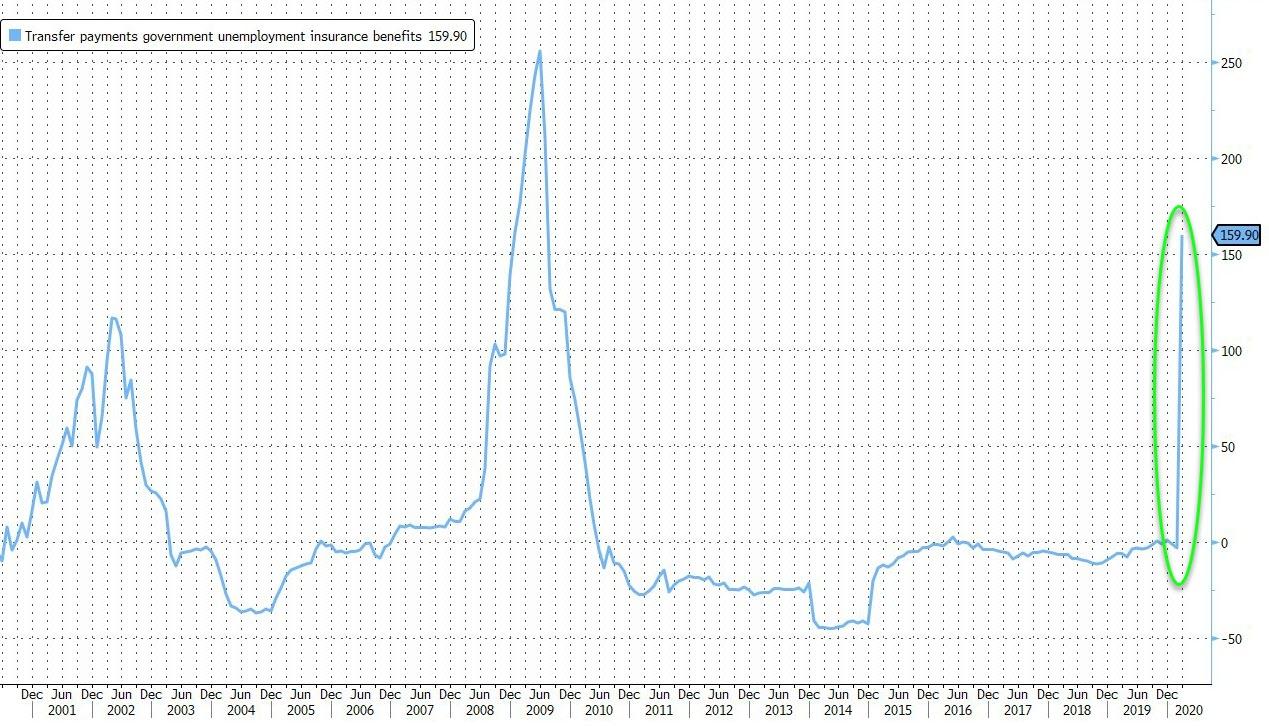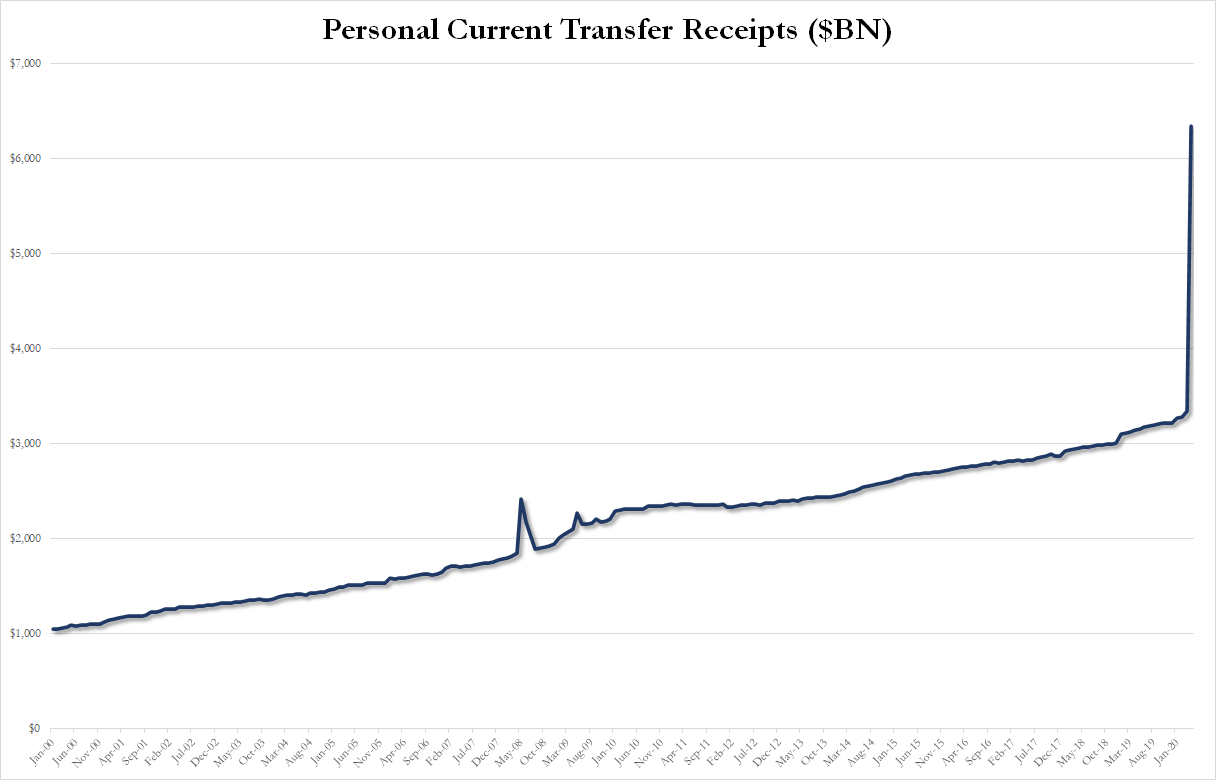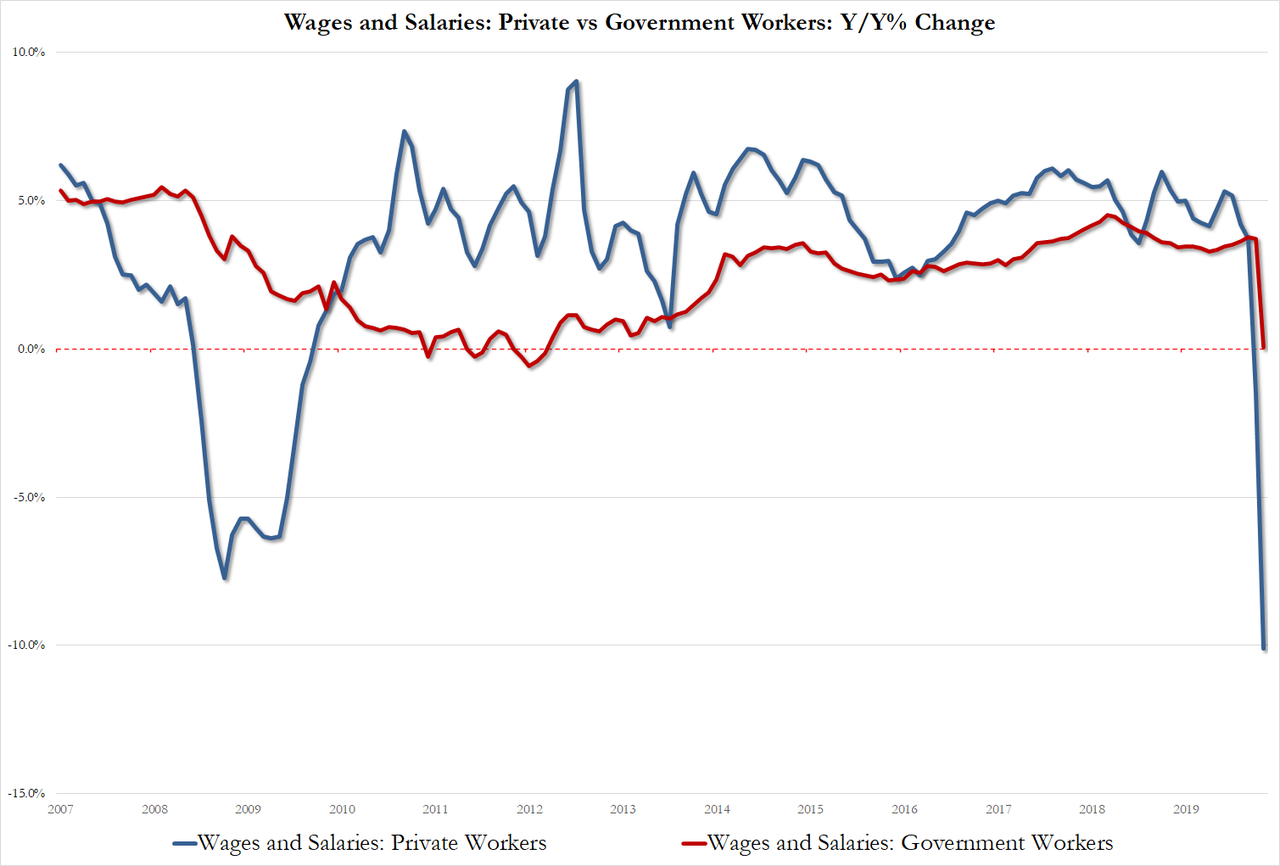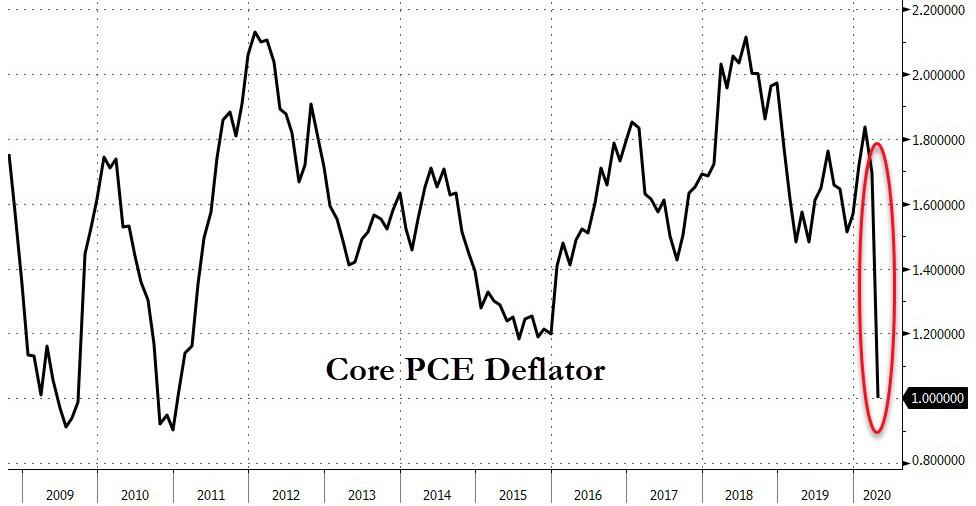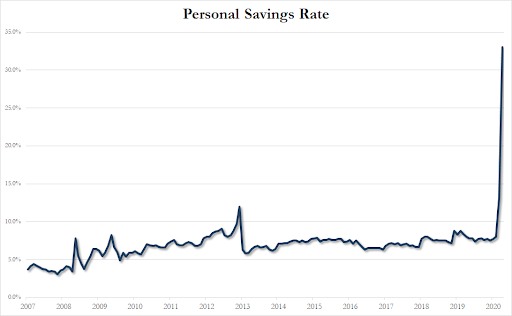From Craft v. Fuller, decided Wednesday by the Florida Court of Appeal (written by Judge Craig Villanti, joined by Judges Morris Silberman and Matthew Lucas); that court has compiled a pretty good record in recent years of reversing such overbroad orders. The facts:
Craft and Fuller are former friends and business partners who had a falling out of some sort several years ago. Since the falling out, they have filed petitions for injunction against stalking against each other at various times. In October 2018, they agreed to leave each other alone, and they voluntarily dismissed their respective injunction petitions.
Nevertheless, shortly thereafter, Craft began posting tweets on his own personal Twitter feed using the hashtag “spoofingschmuck.” Some of these tweets contained other comments as well, but none of them referenced Fuller by name. Fuller does not follow Craft on Twitter; however, some of Fuller’s friends and family told him about Craft’s tweets, and Fuller believed that those tweets were a direct reference to him because he had been arrested in the past for spoofing.
{Wikipedia defines “caller ID spoofing,” which is what Craft tweeted about in this case, as “the practice of causing the telephone network to indicate to the receiver of a call that the originator of the call is a station other than the true originating station. This can lead to a caller ID display showing a phone number different from that of the telephone from which the call was placed.” Florida law makes caller ID spoofing a crime under certain circumstances.}
In response to being notified of these tweets, Fuller filed a new petition for injunction against Craft. In that petition, Fuller alleged that Craft’s tweets using the “spoofingschmuck” hashtag were directed at him and that as a result of these tweets, he had suffered substantial emotional distress. At a hearing on the petition, Fuller testified that while he does not follow Craft on Twitter, the fact that friends and family notified him of Craft’s tweets demonstrated that other people believed the posts to be about Fuller. Fuller also testified that because of his prior arrests for spoofing and the prior antagonism between the parties, he had suffered substantial emotional distress over the tweets, including losing the ability to sleep and eat.
For his part, Craft denied that the tweets were in reference to Fuller. Instead, he testified that he was annoyed by spoofing in general and that he was using this hashtag to track spoofed calls to his phone in a way that would allow him to express his annoyance and disdain for anyone who would make spoof calls. He also testified that he enjoys posting tweets and uses it as a means of entertainment.
After considering this evidence, the trial court concluded that Craft’s tweets were “directed at” Fuller and that a reasonable person in Fuller’s position, i.e., one who had been arrested several times for spoofing, would suffer substantial emotional distress over the tweets. The court also concluded that Craft’s tweets served no purpose other than harassment. Based on these conclusions, the court entered a five-year injunction against Craft, which he now appeals.
The law (emphasis in original):
Section 784.0485(1), Florida Statutes (2014), provides that “[f]or the purposes of injunctions for protection against stalking under this section, the offense of stalking shall include the offense of cyberstalking.” Section 784.048(1)(d) defines cyberstalking as “engag[ing] in a course of conduct to communicate, or to cause to be communicated, words, images, or language by or through the use of electronic mail or electronic communication, directed at a specific person, causing substantial emotional distress to that person and serving no legitimate purpose.” Harassment is “a course of conduct directed at a specific person which causes substantial emotional distress … and serves no legitimate purpose.” § 784.048(1)(a). Thus, cyberstalking is harassment via electronic communications.
The court concluded that the “directed at a specific person” requirement wasn’t satisfied, partly because Fuller wasn’t named and partly because Craft’s tweets were only about Fuller, rather than being sent to him:
[T]o be entitled to the injunction, Fuller was required to prove that Craft’s tweets were “directed at a specific person,” namely him, that a reasonable person would have suffered substantial emotional distress as a result of the tweets, and that the tweets served no legitimate purpose….
This court and others have held that postings on one’s own social media page do not constitute actions “directed at a specific person” as a matter of law. For example, in Horowitz v. Horowitz (Fla. 2d DCA 2015), this court held that postings on the defendant’s own Facebook page were not “directed at” his ex-wife….
Similarly, in Logue v. Book (Fla. 4th DCA 2019), the Fourth District held that tweets and other social media posts, even though they clearly referred to the petitioner, did not constitute conduct “directed at” the petitioner because such tweets and posts are available for all to see and therefore are directed at a broad audience, of which the petitioner is only one. And in David v. Textor (Fla. 4th DCA 2016), the court held that “where comments are made on an electronic medium to be read by others, they cannot be said to be directed to a particular person.” See also Chevaldina v. R.K./FL Mgmt., Inc. (Fla. 3d DCA 2014) (“Angry social media postings are now common. Jilted lovers, jilted tenants, and attention-seeking bloggers spew their anger into fiber-optic cables and cyberspace. But analytically, and legally, these rants are essentially the electronic successors of the pre-blog, solo complainant holding a poster on a public sidewalk in front of an auto dealer that proclaimed, ‘DON’T BUY HERE! ONLY LEMONS FROM THESE CROOKS!'”); compare United States v. Cassidy (D. Md. 2011) (comparing Twitter postings to papers tacked to a bulletin board and noting that unlike the case with a telephone call, letter, or email specifically addressed to and directed at another person, “[o]ne does not have to walk over and look at another person’s bulletin board”).
Here, the evidence at the hearing established that the disputed tweets were posted on Craft’s own personal Twitter feed. These tweets did not reference Fuller by name, and Craft did not “tag” or otherwise draw Fuller’s attention to the tweets. Instead, the tweets were simply expressions of Craft’s annoyance with whomever may have been spoofing him.
As tweets posted on Craft’s own Twitter feed, they were not “directed at” any specific person but were instead directed at his entire collection of followers, which notably did not include Fuller. And even if one or more of the tweets may have been an indirect reference to Fuller, such indirect references posted on a private Twitter feed are insufficient as a matter of law to support a conclusion that the tweets were “directed at” Fuller. Therefore, Fuller failed to prove, as a matter of law, that Craft’s tweets constituted a course of conduct “directed at” Fuller for purposes of the cyberstalking statute….
The court also concluded that the substantial-emotional-distress element wasn’t satisfied:
In addition to showing that the tweets were “directed at” him, Fuller was also required to prove that an objectively reasonable person would have suffered substantial emotional distress as a result of the tweets… Case law shows that the bar for establishing that a reasonable person would suffer substantial emotional distress is set fairly high….
Here, the record shows that Craft’s tweets were neither threatening nor menacing nor hostile nor, frankly, even embarrassing. They did not mention Fuller by name, they did not tag Fuller so as to single him out, and they did not occur in response to some otherwise threatening event that might have changed their character. No objectively reasonable person—not even one with a prior arrest for spoofing—would have suffered “substantial emotional distress” as a result of these tweets. Therefore, Fuller’s evidence was insufficient to prove this element as well….
And the court concluded that the no-legitimate-purpose element wasn’t satisfied, either:
Fuller was also required to prove that Craft’s tweets served no legitimate purpose, i.e., that they served no purpose other than to harass Fuller. The trial court concluded that the tweets had no legitimate purpose based solely on its earlier finding that the tweets were “directed at” Fuller. Again, the court did not apply the proper legal standard….
In this case, the only evidence on the issue of the purpose of the tweets was Craft’s testimony that they were a way for him to log the prank calls he received and that it was entertaining for him to do so in this fashion. The trial court rejected this explanation, finding that it was not credible. And having rejected Craft’s testimony, the court then found that his tweets had no legitimate purpose solely based on its earlier ruling that the tweets were “directed at” Fuller. This ruling is in contravention of the law for two reasons.
First, the trial court misapplied the applicable burdens of proof. Regardless of how misguided Craft’s tweets may have been, Fuller had the burden to prove that they served no purpose other than to harass Craft. Craft did not have the burden to prove that his tweets had a legitimate purpose; Fuller had the burden to prove that they did not. This he failed to do.
Second, the mere fact that tweets or other communications are “directed at” an individual does not establish, as a matter of law, that they have no legitimate purpose. As long as there is a reason for the communications other than harassment, the communications will have a legitimate purpose even if they are directed at someone who does not welcome them. See O’Neill (communication to advise person of a documentary was a legitimate purpose); Goudy (communications about dance team activities had a legitimate purpose); Alter (communications about a loan repayment had a legitimate purpose). The court could not simply rely on its finding that the tweets were “directed at” Fuller to also conclude that they ipso facto had no legitimate purpose. And the evidence presented here supports no such conclusion.
The court closed with this:
We also take this opportunity to remind the parties that injunctions “are not a panacea to be used to cure all social ills. In fact, nowhere in the statutory catalog of improper behavior is there a provision for court-ordered relief against uncivil behavior.” The parties agreed in 2018 to go their separate ways and leave each other alone. It would behoove them to honor this agreement….

from Latest – Reason.com https://ift.tt/2XeBWye
via IFTTT
